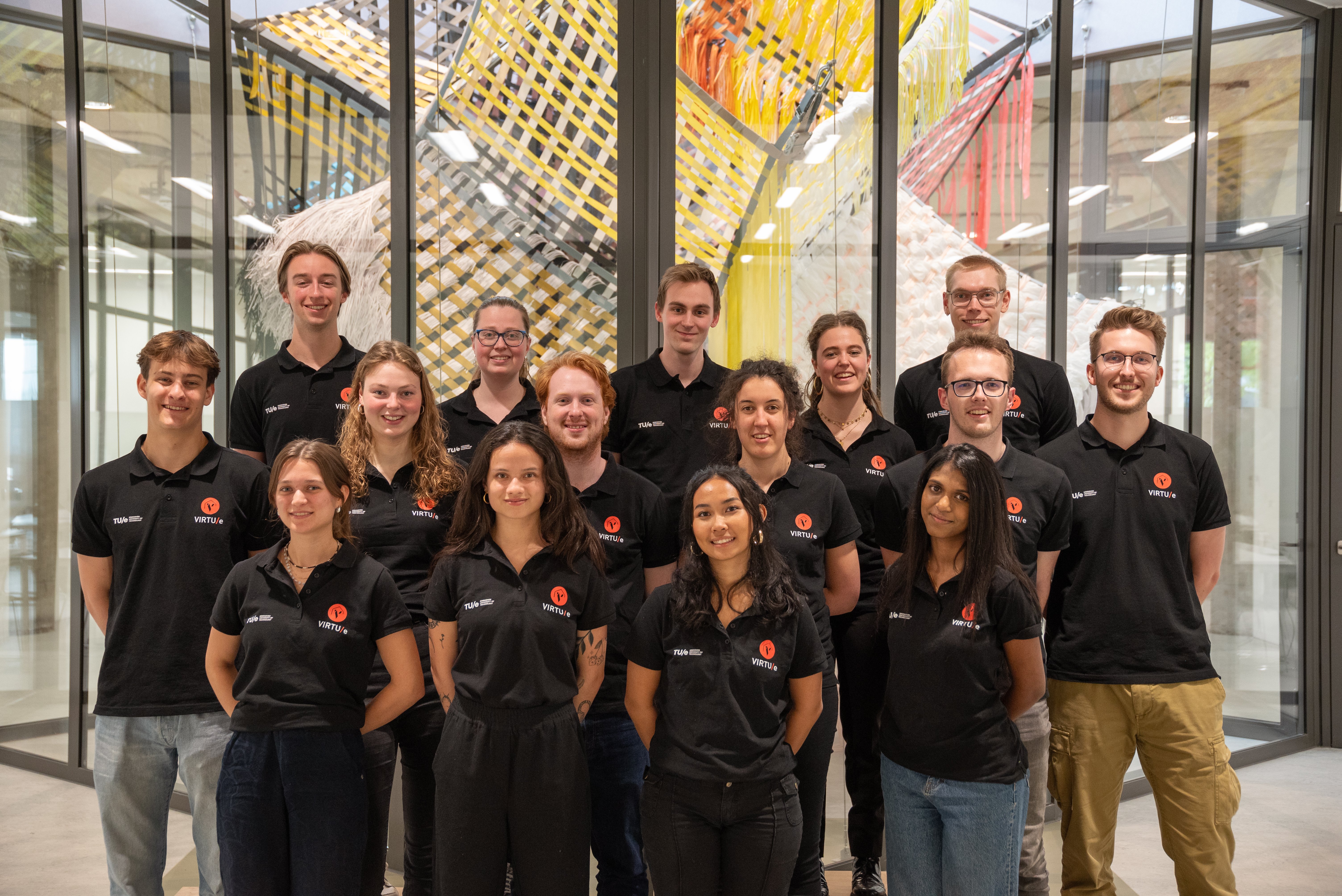
Concerns over job displacement, privacy erosion, and ethical dilemmas frequently dominate the narrative surrounding AI. However, there’s another side to this story – AI as a force for good. Universities are uniquely positioned to harness this potential, preparing students not only to thrive in a world where AI is ubiquitous but also to leverage it for societal benefit.
“The biggest systemic challenge is that educators and institutions will have to get on top of things when it comes to AI”, says Florian Lippert, associate professor, and vice chair for European Culture and Literature at the University of Groningen (RUG), Netherlands, where he has been developing guidelines for the use of AI in teaching and learning. “Some questions that need an answer are: Where does AI enhance learning, and where does it hinder it? AI cannot be ignored, nor can it be banned from education in the long run. Hence, educational decision-makers have to take responsibility, seize the chances, and tackle the risks.”
Why this is important
In this op-ed, Bart Brouwers underscores the importance of universities in shaping a future where AI serves societal good, emphasizing the need for ethical AI education, inclusivity, and interdisciplinary collaboration. It calls on educators to proactively engage with AI, adapt teaching methods, and foster a culture of continuous learning to ensure AI’s positive integration into education.
Cultivating an ethical foundation
The foundation of using AI for good lies in a strong ethical understanding. Universities must prioritize ethics in their AI education, embedding it not just in computer science departments but across all disciplines. This interdisciplinary approach ensures that students, regardless of their field, are equipped to consider the broader implications of AI technologies on society. Courses that blend AI studies with philosophy, ethics, and social sciences can foster a generation of technologists and professionals who prioritize humanity’s well-being in their innovations.
To direct AI towards positive ends, universities should encourage innovation that specifically addresses global challenges such as healthcare, education, environmental sustainability, and social justice. This can be achieved by:
● Project-Based Learning: Implementing projects that tackle real-world issues can give students a practical understanding of how AI can be applied for social good.
● Partnerships: Collaborating with non-profits, governmental organizations, and industries focused on social impact can give students hands-on experience with AI projects that make a difference.
● Innovation labs and incubators: Establishing spaces dedicated to developing AI solutions for societal challenges encourages students to think creatively and entrepreneurially about using AI to benefit humanity.
This is an article from our magazine IO Next: AI for good. The fact that AI is becoming an increasing part of our lives is a given. But what impact will this technology have on our lives in the future? This magazine edition focuses on precisely that question.

A culture of inclusivity and diversity
AI’s potential for good is maximized when diverse perspectives inform its development and application. Universities must commit to fostering inclusivity and diversity within AI and tech-related fields. This means actively recruiting and supporting underrepresented groups in tech education, providing scholarships, mentorship programs, and creating an inclusive environment that values diverse voices. By doing so, the AI developed is more likely to serve a broad range of human needs and experiences.
The complexity of societal problems requires collaborative, interdisciplinary solutions. Universities should emphasize the development of soft skills, such as teamwork and communication, alongside technical AI skills. Encouraging students to work in diverse teams on AI projects can enhance their ability to communicate complex ideas effectively and work across different fields, preparing them to lead multidisciplinary teams in their future careers.
R&D
Universities also play a pivotal role in AI research and development. By focusing R&D efforts on projects with clear social benefits and engaging students in this research, institutions can contribute directly to the field of AI for good. This includes developing accessible AI technologies, creating open-source AI tools for researchers and non-profits, and conducting impact assessments of AI technologies to guide ethical development.
As AI continues to shape the future, universities have a paramount responsibility – and the power – to prepare students not just to navigate this new landscape but to actively shape it for the better. By instilling strong ethical principles, fostering innovation aimed at solving societal challenges, encouraging diversity and collaboration, and focusing on research with real-world impact, universities can empower students to harness AI’s potential for good. This preparation will equip them to build a better world, where technology serves humanity’s most pressing needs, ensuring a future where AI is synonymous not with fear but with hope and positive change.
Educators have a responsibility
Of course, this also needs educators who are prepared for the job. The integration of AI in education is still in a relatively early stage. “It is now crucial to study AI’s societal impact and ethical challenges”, says Lippert, “and independent academia must play a key role in the future developments in the field.” For educators without prior AI knowledge, preparing to integrate AI into their classrooms is a multifaceted process involving self-education, pedagogical innovation, and community engagement.
By building a foundational understanding of AI, reimagining their teaching approaches, leveraging support networks, and committing to continuous learning, educators can effectively navigate the challenges and opportunities presented by AI in education. Future educators will need basic AI-related expertise to know what’s going on and what should and should not be used in their fields. They must actively discuss these do’s and don’ts with the students, and better explain what learning actually is. “In this sense,” Lippert concludes, “AI might foster a new quality of educational self-reflexivity.”









